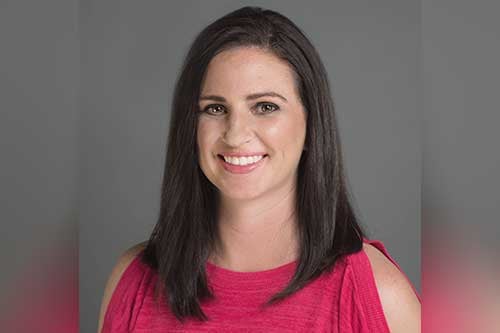

Investing in rental property or a secondary home can be a real money-maker. Buying a non-primary residence in a booming housing market enables investors to diversify their holdings and increase the value of their assets, and, if they decide to rent out the property, they can open up an extra source of income. While the value of investing in secondary homes is clear, there are also risks for investors to take into account, especially if they decide to rent out their property.
We’ve all heard horror stories about bad tenants – the ones that throw parties, trash homes, and make off without paying. Unfortunately, individuals that rent out their properties always run the risk of having a bad tenant. But there are ways for landlords to mitigate this risk. For example, they can screen rental applicants and conduct interviews to ensure they are letting their properties to trustworthy tenants. However, even the best tenant on paper could have some homebound vices that they are unlikely to reveal to a prospective landlord, meaning there is always a bit of a trust game in play.
Two key exposures that landlords face are their tenants not paying rent, and their property being damaged by tenants’ negligence or malicious acts like theft and vandalism. As Anella Niewenhous (pictured), regional practice group leader, personal insurance, at Burns & Wilcox, explained: “Renting to the wrong person could result in damage to the property. It could also lead to greater liability exposure for the landlord.” For example, a property owner can be held personally liable for injuries to tenants and their visitors, as well as for any accidental damage to their property.
Sometimes, landlords rely on their own savings to cover such expenses, but they can purchase insurance to make sure they are not left out-of-pocket. Secondary homes and rental properties require different insurance coverage than owner-occupied homes. Not only do they need the standard fire, theft and personal liability coverages, but they also need protection against loss of income and issues related to tenants and guest liability.
Typically, a rental policy will be written on a dwelling fire (DP) form, explained Niewenhous. However, some homeowners’ (HO) policies can also be endorsed or modified to provide coverage for rental exposure. This is where working with brokers who understand the complexities of home rental risk can really pay off. Burns & Wilcox rentals and secondary homes coverage can be written on either a DP or an HO form, and provides protection catered to insureds’ unique needs. This includes flexible limits and additional sublimits available for water, sewer and mold.
Home rental risks also vary between long-term and short-term rentals. In recent years, the boom of companies like Airbnb and VRBO have really thrust the short-term rental market into the limelight. Niewenhous told Insurance Business: “With companies like Airbnb or VRBO entering the home rental space, insurance carriers have had to evolve. It’s actually exciting because it’s something that is new, and carriers are getting creative on how to offer coverage for this exposure. There are products out there now that cater directly to individuals that have short-term rentals. Other carriers have created endorsements to add to their rental policies to provide coverage. ISO has also released new coverage endorsement options in response to the growth of this market, as well as on specifically excluding the activity.”
As the rental and secondary home markets continue to grow and evolve, and the insurance markets respond, there’s an even greater need for insureds to work with an expert broker and insurance provider that can offer options and appreciate the complexities of each individual risk.
